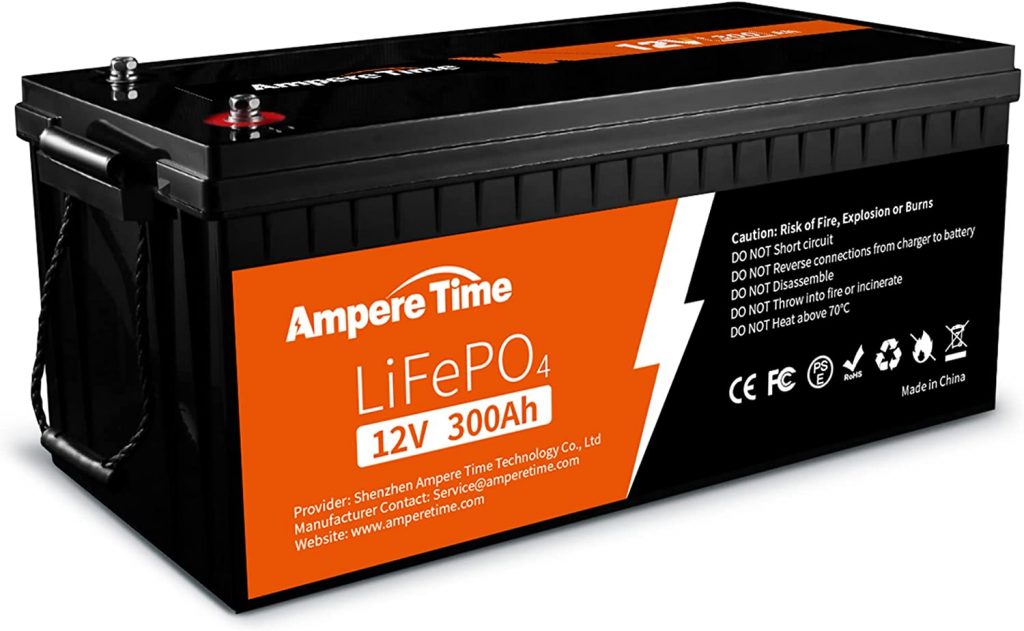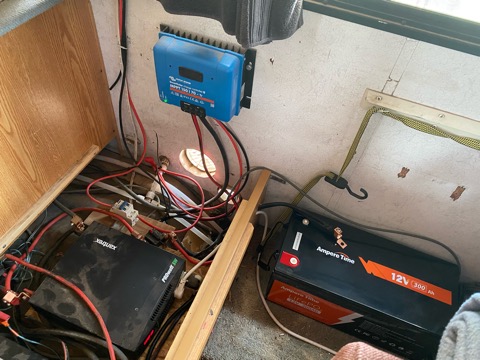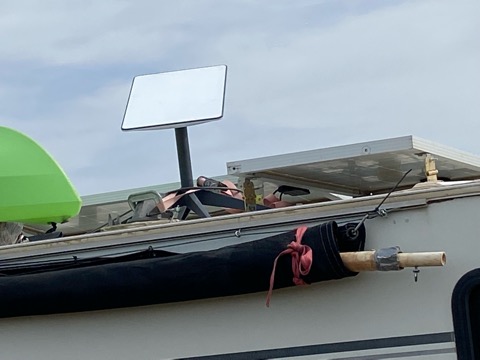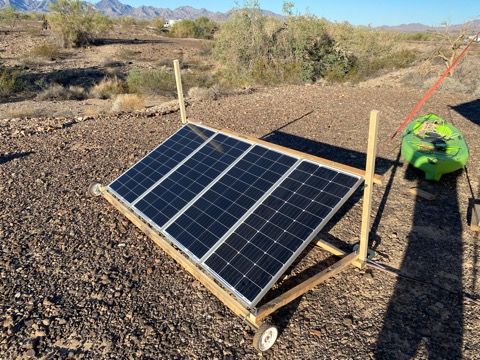
Just a short update to document another change to my electrical system. A few days ago I purchased another lithium battery to add to my existing battery. I now have two 300 amphour batteries being charged with 1200 watts of solar. It’s part of my quest to go total electric.
The new battery is called Ampere Time and it was less than half the price I paid for my LifeBlue battery. My LifeBlue has an app that lets me see the state of charge and information about amps and voltage, but the Ampere Time only has a BMS built in that protects it from overcharge or low temperature, so I hooked up my Trimetric so I could see the state of the battery in real time. With lingering monsoons and remnants of a hurricane off the west coast, cloud cover has been a challenge for my solar.
So far everything seems to be working fine. The batteries are having a little trouble balancing their charge because my wires to each battery are a little different. As soon as I get new wire, that should solve that problem (copper wire is very expensive now).
I just wanted to mention that I enjoyed two weeks up in the Sitgraves National Forest camping with sister Donna. We had a couple days of rain and a muddy driveway in and out, but several days of beautiful weather where we explored the surrounding area. One highlight was when Richard and Dianna came up for a wonderful picnic with us.
Right now I’m camped near Payson in the Tonto National Forest. I’ve had a couple eye doctor appointments treating for some age-related Macular Degeneration and this is a good place for a quick run into Phoenix to see a doctor. The weather is starting to get perfect here and it is still too early to head down to southern AZ. I may go over to the Sedona area next and look at a new area they set up for dispersed camping. They say the idea of the new area is to remove the areas around town that are becoming overused by boondockers, but I think it’s also to get the homeless people out of sight of the tourists. 
Looks like a jumble of wires.
I’ll update how the new battery is working after I’ve tested it for a while.


